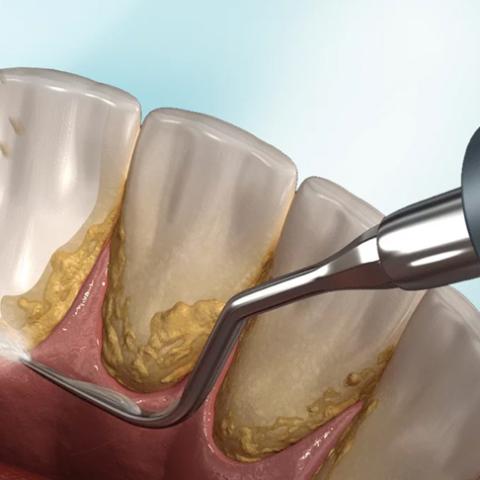Dental Treatments -- Dental Crowns

DENTAL CROWNS
Overview
Dental prosthesis devices replace or repair missing or damaged teeth. They can do much more than improve your smile. A missing tooth can affect your ability to chew and raise your risk of gum disease. A missing tooth can also affect the bone health of the jaw and put other teeth at risk.
There are several types of fixed dental appliances, such as crowns and implants, and removable devices, including full or partial dentures, which can be taken out as needed.
What are the benefits of a dental prosthesis device?
A dental prosthetic is useful in providing one or more of the following benefits:
- Improving the appearance of your teeth, boosting confidence and self-esteem
- Improving your ability to chew, allowing you to consume a healthy diet
- Supporting the health and strength of the jawbone, supporting the strength of other teeth
- Protecting against gum disease that can lead to serious health problems
When should I see a dentist?
See a dentist soon if you have just lost a tooth or have had a missing tooth for some time. A missing tooth can contribute to surrounding bone loss and raise the risk of gum disease. Both can affect your overall oral health. The longer you wait, the more extensive and irreversible the damage can be.
Other symptoms that should prompt a conversation with a dentist about prosthetic solutions include:
- A cracked, chipped or worn tooth
- Bleeding or sore gums
- Tooth sensitivity or pain
- Anything about the color or appearance of your teeth that bothers you
- A dental crown is a new covering for a damaged tooth.
A crown may be made of metal or porcelain. Crowns tend to be good long-term solutions for teeth that have been chipped, cracked, or worn down. Getting a crown often requires two appointments.
In a typical process for a dental crown, a dentist will:
- Get a soft mold of your teeth.
- Fill any cavities in the damaged tooth (if necessary).
- Trim the tooth to prepare it for receiving a crown. Place a temporary crown on the tooth while a permanent crown is made in a lab.
- After a few weeks, place a permanent crown that is cemented in place.
- Dental practices that can make crowns on-site may offer same-day crowns.
- Crowns are considered a relatively permanent solution. Once a crown is in place, it should last 5 to 15 years or even longer if maintained properly. You should brush and floss a tooth with a crown as you would any other tooth.
- A crown can crack or chip over time, or the cement holding it in place can soften. This can allow bacteriato move in and infect the tooth.
